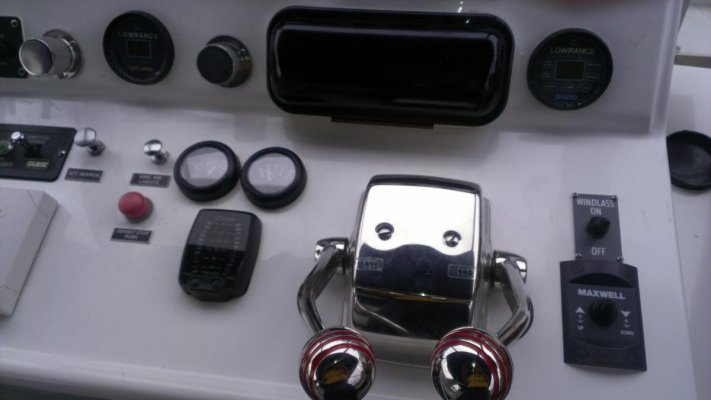Rogerh
Guru
- Joined
- Aug 27, 2013
- Messages
- 724
- Location
- USA
- Vessel Name
- At Last
- Vessel Make
- 1990 Jefferson 52 Marquessa
I have been working on replacing my backer plate on my windlass. When I removed the windlass I found that the core of my deck in one section at the windlass was rotted. I removed the rotted core from edge of one section of the 5.5 " inch opening for the windlass. It is a 1/2 inch core. I removed about 2 to 3 inches back to get to good wood. It is a plywood core. Now I need to fill the void. I have used West Six-ten in the past and love the stuff. No muss, no fuss but expensive. But in my book the fuss is worth the cost. I will need to inject what I use into the void to get good coverage and the nozzle on six-ten is good for that. My question is should I use six-ten or is there something else that would be more appropriate. I have done some epoxy work before but I am far from experienced. Thanks for your inputs.


